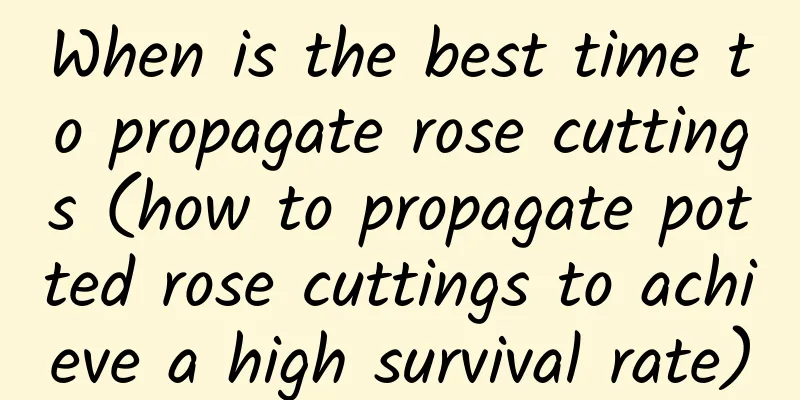Jasmine flower appearance, jasmine flower pictures

1. The appearance of jasmineBranches: Jasmine is an upright or climbing shrub of the Oleaceae family and the genus Jasmine, which can reach a height of three meters. The twigs are cylindrical or slightly flattened, with some hairs on the outer layer. Leaves: Jasmine leaves are usually opposite and have a somewhat papery texture. Its leaves are generally round, oval or obovate, about four to twelve point five centimeters long and two to seven point five centimeters wide, with rounded and blunt ends. The leaves have very distinct fine veins and are slightly raised. The petiole is about 2 to 6 mm long, with short hairs and joints. Flowers: Jasmine has a white corolla in a cyme, usually with three flowers, but occasionally a single flower or even five flowers. The lobes are oblong to round in shape and are about five to nine millimeters wide. The flowering period is generally between May and August each year. Fruit: The fruit of jasmine is spherical, about one centimeter in diameter, and purple-black in color. Its fruit season is generally from July to September each year. 2. Jasmine maintenanceTemperature: It needs to be maintained in a warm environment. It is resistant to high temperatures and also likes warmth. Therefore, you must keep it warm in winter. Pruning: Jasmine is a vine plant, and occasionally some individual branches may grow too long, making it look awkward. These branches need to be pruned in time to keep the jasmine flower in full shape. Water: Jasmine likes moisture and has a strong demand for water. It needs to be watered regularly to keep the soil moist. Light: Jasmine likes strong light, and it is okay to put it in the sun during the growing period. Just be sure not to grow it in a shady place, as this will cause its branches and leaves to turn yellow and fall off. Fertilization: Jasmine flowers bloom a lot, so its demand for nutrients is relatively large. It is necessary to apply fertilizer and topdressing in time. You can choose organic fertilizer or compound fertilizer on the market. It is necessary to follow the principle of applying small amounts of fertilizer frequently. Do not apply too much at one time and mainly apply fertilizer during the growing season. 3. Pictures of Jasmine Flowers |
<<: Jasmine varieties, what does jasmine look like (pictures of jasmine)
>>: What is creeper and what are the characteristics of creeper leaves
Recommend
There are several varieties of fortune trees
1. Taiwan Fortune Tree This kind of money tree is...
The Flower Language and Legend of Ginger Lotus
1. Flower language Many flowers have their own un...
The difference between guava and guava
1. The difference between the two Guava is also c...
What is the best month to plant fragrant flower seeds?
When to plant fragrant flower seeds Fragrant flow...
How to germinate daffodils
1. Skinning This is the first step in germination...
Common varieties of Oncidium
Common varieties Sweet The flowers are red with a...
What to do with ground-planted succulents in winter
Different regions have different treatment method...
Lily - How to grow bulbs
How to induce roots? 1. If the lily bulbs show si...
When to plant colored calla lilies and how to prepare the soil
1. Planting time Planting of colored calla lilies...
The difference between plant gold diamond and red diamond
1. Leaf Difference The plant golden diamond is a ...
Tips for growing lisianthus in water
1. Pruning branches Before growing lisianthus in ...
Can roses be hydroponically cultivated? (Rose hydroponics methods and precautions)
Can roses be grown hydroponically? Roses can be p...
What fertilizer and soil are best for Impatiens?
1. What fertilizer should be used for Impatiens T...
How many years does it take for the sapodilla to bear fruit?
After several years of planting, the fruit of the...
What to do if tulip roots rot
1. Reduce watering Reason: Long-term excessive wa...









